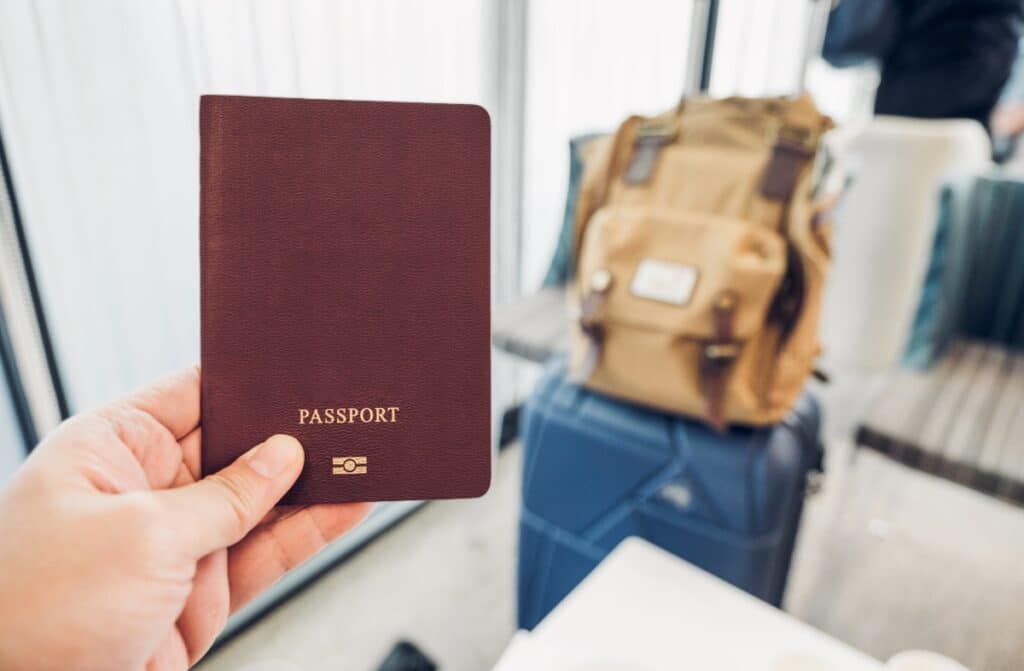Airports are bustling hubs of activity, serving as gateways for millions of passengers daily. However, with increased air travel comes the need for robust airport security measures to keep airports, passengers, and crews safe at all times.
Airport security has evolved dramatically over the years, leading to various types of airport security systems being implemented worldwide. These security measures begin before passengers enter the airport terminal and continue until they board their flights. Airports now employ advanced tools to detect and prevent threats, including X-ray machines, metal detectors, full-body scanners, and explosive detection devices.
In this guide, we explore the most important types of airport security procedures and how they help maintain safety in airports.

1. Passenger Pre-Board Screening
Pre-board screening is a vital security check in airport operations and serves as the first line of defense against potential threats. Passengers are screened using metal detectors and X-ray equipment at airport security checkpoints, ensuring no prohibited items make it onboard.
Screening procedures may include:
- Pat-downs
- Handheld metal detectors
- Explosives trace detection
During check-in, passengers must present valid identification and boarding passes. Immigration and visa verification are also conducted to confirm they can leave or enter the country.
Moreover, carry-on items undergo X-ray scanning to detect prohibited objects. This comprehensive approach highlights how airport security screening is essential to keeping flights safe.

Pre-boarding screenings also apply to personal carry-ons. In this step, passengers’ carry-ons are scanned by X-ray machines to look for any prohibited objects that aren’t allowed on planes or in the airport area.
2. Hold Baggage Screening
The hold baggage security screening (HBSS) system takes a multi-pronged approach to security to check passengers’ bags for prohibited items before they board the plane. All checked bags are thoroughly inspected before passengers go through security checkpoints.
The same X-ray, computer tomography (CT), and explosive detection systems (EDS) screening used on carry-ons are also used on checked luggage, and a physical search is conducted if necessary. The baggage is then taken to the aircraft after being checked.
3. Non-Passenger Screening
Non-passenger screening applies to all airport personnel accessing restricted areas, such as pilots, flight attendants, baggage handlers, caterers, maintenance crews, and customer service staff. Non-passengers undergo random checks and must clear security checkpoints using:
- Walk-through metal detectors
- Full-body scanners
- Hand-held metal detectors
- Explosives trace detection devices
- Pat-downs and physical inspections
These thorough measures are critical components of airport security procedures, guaranteeing that all individuals within airport premises adhere to strict security protocols.
4. CCTV
Modern airport security systems rely heavily on CCTV technology for comprehensive surveillance. Closed-circuit television cameras are installed throughout terminals, parking areas, and restricted zones, allowing security teams to monitor all activities 24/7.
The technology behind CCTV systems has greatly improved. Nowadays, commercially available models have autonomous facial recognition capabilities. These smart CCTV systems are suited for airports, a common point of departure for those wishing to elude the country’s jurisdiction, as they can be used to monitor suspicious behaviour, identify individuals, and notify authorities of their whereabouts.
5. Security Bollards
Nearly all major airports in the world have roadways leading to and around the terminal. However, some areas of the airport are off-limit to unauthorised vehicles for safety reasons.
Bollards and barriers are installed at the airport’s entrances and around its terminals to restrict vehicle traffic and prevent hostile vehicle attacks. Security bollards are also used in many airports to prevent unauthorised vehicle access into aircraft hangars, and warehouse floors and to keep cars off runways.
There are two types of security bollards: permanent and collapsible. Collapsible bollards are integrated with third-party apps and use ID passes to allow appropriate access when required.
Conclusion of Types of Airport Security
Airport security is a complex, multi-layered system requiring meticulous planning, constant updates, and coordination of multiple airport security measures. Relying on just one security method is insufficient; integrating all types discussed above ensures maximum protection.
Moreover, airports must adapt to evolving threats in the aviation industry by investing in innovative airport security systems and consulting with security experts to identify improvements and minimize risks. If you wish to learn more, our team at Airport Gurus is ready to help you implement the most effective airport security procedures.